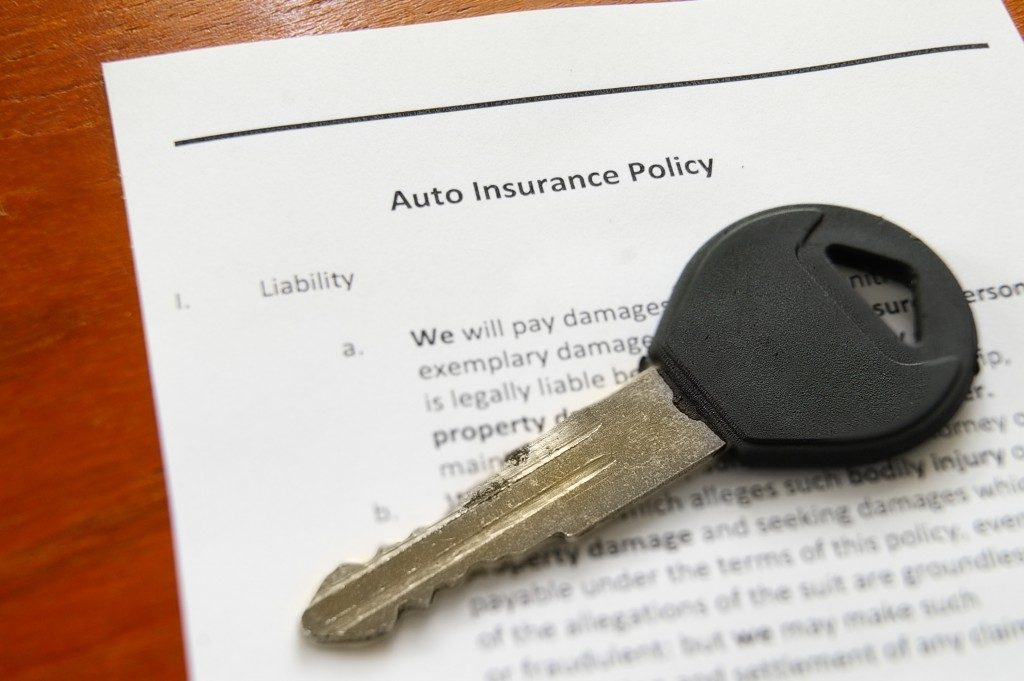 Comparing car insurance quotes doesn’t need to be confusing. Your policy should be able to cater to your needs. You should understand the extent of your coverage and should not be rudely awakened when things suddenly go wrong. Car owners understand that auto insurance is a fact of life. Vehicles, whether for commercial or personal use, always require huge costs for operating and for maintaining not only their physical appearance but also their market value.
Comparing car insurance quotes doesn’t need to be confusing. Your policy should be able to cater to your needs. You should understand the extent of your coverage and should not be rudely awakened when things suddenly go wrong. Car owners understand that auto insurance is a fact of life. Vehicles, whether for commercial or personal use, always require huge costs for operating and for maintaining not only their physical appearance but also their market value.
That is why there is an increasing need to go for specialized auto insurance policies in Charlotte, North Carolina and other places, which are tailor-fit to the individual needs and requirements of car owners.
Since car insurance premiums have increased by 8.2% in the last year, car owners are making sure they spend time exploring various options to get the cheapest quote. One of the most common mistakes, however, is that they go shopping around for the cheapest auto insurance without comparing coverage types, limits, and deductibles.
When comparing insurance quotes, you may find ones that are cheaper than others, but these may not necessarily offer the needed coverage for your vehicle. Below are tips to wade through the confusion make sure you do not end up underinsured:
1. Understand the major components of an auto insurance policy
Liability insurance. This coverage is required by nearly every state, including North Carolina. This insurance covers two buckets: Bodily Injury (BI) Liability and Property Damage (PD) Liability. NC state law requires drivers to have a minimum BI coverage of $30,000 per person, $60,000 per accident, and $25,000 for PD liability.
Personal Injury Protection (PIP). This policy covers health care bills you and your passengers incur.
Uninsured and/or Underinsured Motorist Insurance. This covers you if you get into an accident by a driver who doesn’t have insurance or has very limited insurance. NC state law requires a minimum of $60,000 for this policy. Recent studies show that 9.1% of motorists in NC are driving with no insurance coverage of their own. That means the thousands of dollars to replace your bumper or pay medical bills related to the accident could be your responsibility.
Collision coverage. This helps pay for the repair or replacement of your car in an accident of your fault.
Comprehensive coverage. This helps for any damage outside those that are covered under the collision coverage, from theft to vandalism to natural disasters.
2. Establish how much coverage you’re looking for
State requirements represent only the minimum coverage you need to drive, but it is important to talk to insurance experts to understand the best coverage after taking into consideration the make (brand), model, and age of your car, among other things.
3. Choose your deductible/s

An insurance deductible is an amount of money paid out of the pocket for health services before your insurance coverage kicks in. A lower deductible means a higher premium and vice versa.
Once you’re done with steps one to three, it is time to start shopping around. This way, comparing and understanding auto insurance quotes will let you know which one will work best for you and your car.

